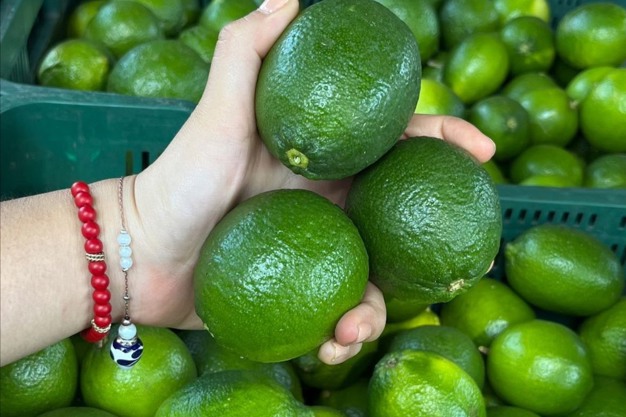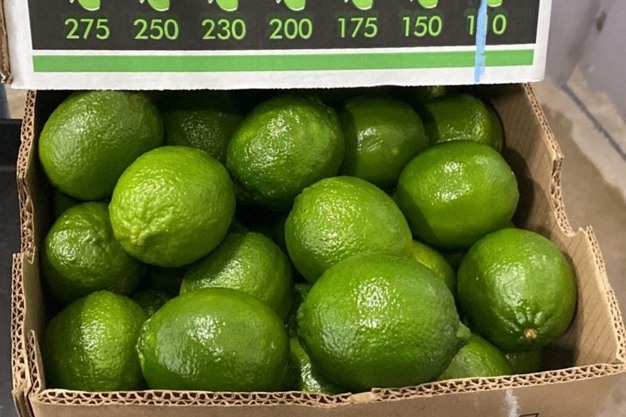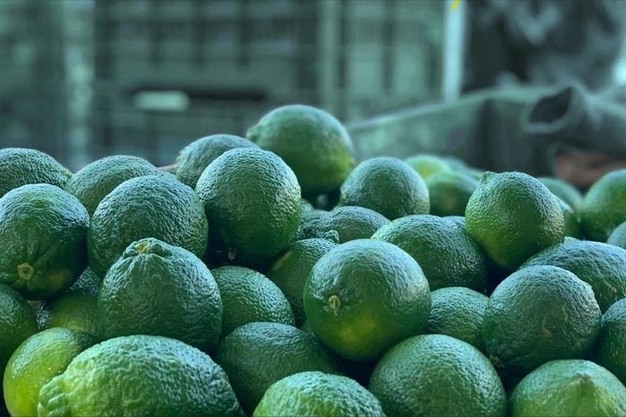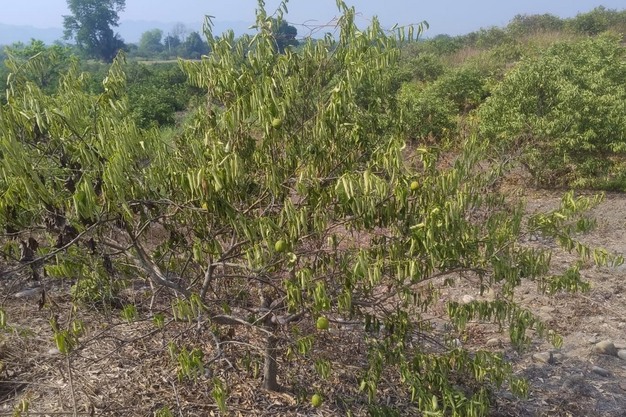"Mexico's Persian Limes growing, quality and volumes will be affected by the La Niña weather phenomenon, with heavy rainfall and excess humidity in the Persian lime-growing regions expected," states Fátima Morales, exporter of Persian Limes from the company Moes Produce in Veracruz, México. Due to the lower volumes that is expected the limes pricing is expected to be much higher in coming months.

She says the lime market is down this week due to the increase in sizes 230s and 250s. "Coming out of Mexico and crossing through Texas, we are seeing 200s and 250s dropping in price, with a light supply but good demand reported. Vendors have indicated that the new crop is starting to size up. Additionally, more volume is crossing into the United States compared to last week, and the recent elevated pricing has led to a softening in demand."
Morales says they expect the period from October to December 2024 to have a particularly volatile climate that will negatively impact the Persian Limes growing. It is also the crucial export season when demand is higher in their main market of the U.S., which will enjoy priority. European markets with long-term contracts and that offer higher price bids will also receive priority Morales states. "Priority will likely be given to the U.S. market, particularly during high-demand seasons like the holidays of Thanksgiving and Christmas. The U.S. continues to be a top importer, and exporters will focus on maintaining a stable supply there despite potential volume cuts. Markets with higher price bids and long-term contracts, such as parts of Europe, may also receive priority. Lower-volume markets or those offering less favourable pricing might experience supply shortages."

Traditionally higher prices for limes allowed producers to offset the lower volumes. Given the higher input costs, this picture has changed a lot, states Morales. "Higher prices will offset the lower volumes to some extent. While margins are compressed due to rising operational costs of logistics, agrochemicals, and storage, higher prices can help to offset some of the financial strain, from reduced volumes. Profit margins are expected to shrink by 3-5% if costs continue to rise at current rates. The elevated demand and the limited supply drive up prices, which helps stabilize revenue. However, the extent of the offset will depend on how high prices go and how much production volume drops."

The excessive rain that is on its way will have several complications, with quality and the sizing of the limes as well as a high disease burden to follow are all issues for growers to manage carefully. "Excessive rain generally leads to smaller-sized fruit, as trees come under stress from waterlogged soil and may not develop the larger, higher-quality limes that buyers typically seek. If the rain is prolonged, there could be a scarcity of larger-sized fruit, which tends to fetch higher prices in export markets. Growers might see a higher proportion of smaller fruit in their harvest, which could affect pricing strategies and market preferences," explains Morales.

A drought earlier in the year in Mexico was harsh on lime trees.
As a result of a complicated campaign that is expected the expansion of lime orchards will likely be delayed as growers will try to just cope with the conditions notes Morales. "Expansion could likely be delayed. Given the current climatic challenges from La Niña and unpredictable weather patterns, growers may hesitate to invest in new orchards until conditions stabilize. The increased risks from excessive rain, fungal diseases, and potential droughts are making it harder to predict future returns on new investments. Producers may also redirect resources to reinforcing existing orchards with irrigation improvements or disease control measures rather than expansion."
She therefore advises growers on how to potentially survive the October to December 2024 period. "This period will remain challenging due to climate change, but there is potential for strong revenues driven by higher prices. Producers should focus on operational efficiency and risk management to maintain financial stability," concludes Morales.
For more information:
Fátima Morales
Moes Produce
[email protected]
https://www.instagram.com/moesproduce?r=nametag
